Although only 2 kilometres from the Mediterranean coast, Guadiaro is a sleepy town rarely visited by tourists. It is one of those places known to the locals, in this case from Torreguadiaro, Pueblo Nuevo and Sotogrande, who find quiet places to eat and relax.
By Nick Nutter | Updated 14 Sep 2022 | Cádiz | Villages |
Login to add to YOUR Favourites or Read Later
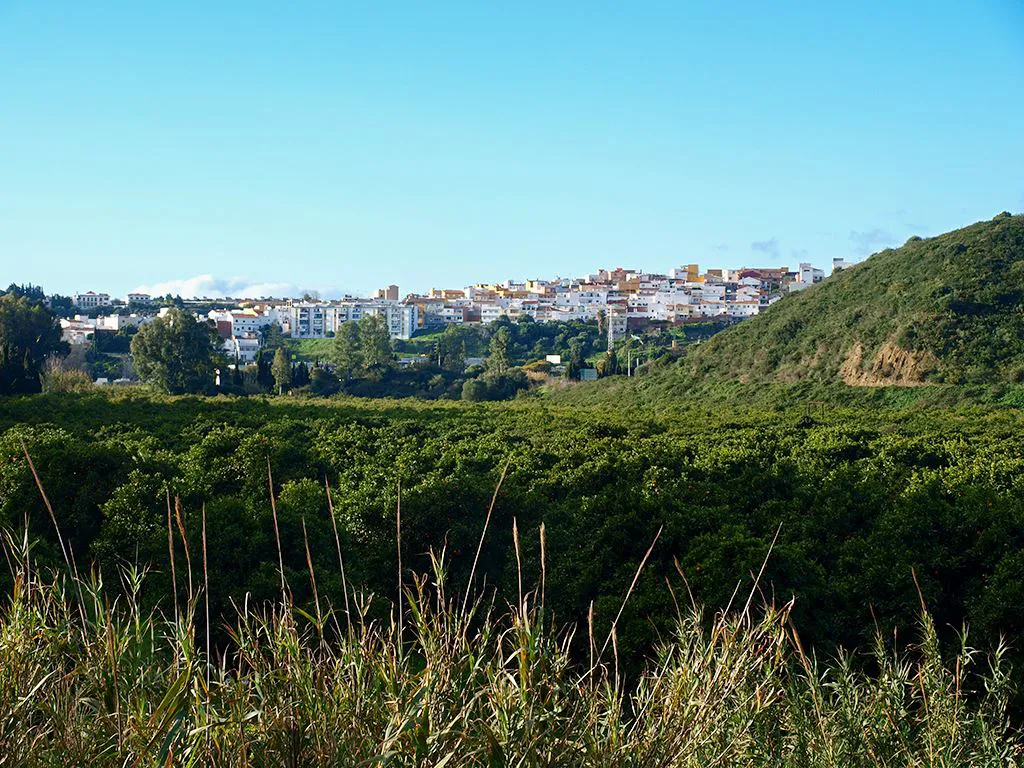
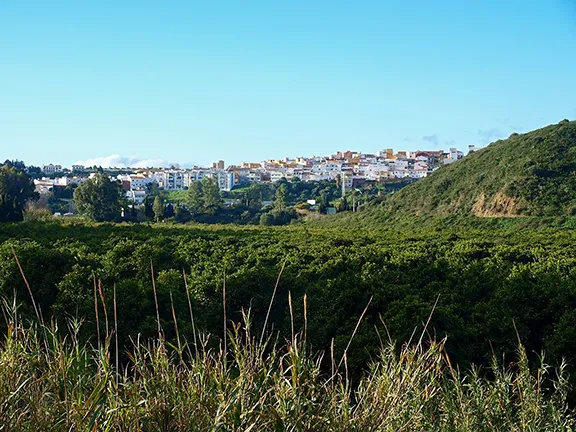
Guadiaro
There has been a settlement at Guadiaro since pre-Roman times. The origins of the town are unclear. In Roman times there was a settlement called Barbesula situated near the mouth of the Guadiaro river between present day Guadiaro and Pueblo Nuevo, a sheltered spot where the small cargo vessels of the day could safely moor and take on board the salted fish manufactured at Barbesula. Remains of the kilns used to make the amphorae that held the fish have been found in the area. A Phoenician text dating back to 400BC names a provisions and trading point on a river called the Chrysus as being at the eastern part of the Gibraltar Strait near the edge of the world. Some historians interpret the name 'Guadiaro' as a Latin version of the Greek name Chrysus with the Arabic prefix Wadi. An alternative suggests Guadiaro literally means 'river of gold'.
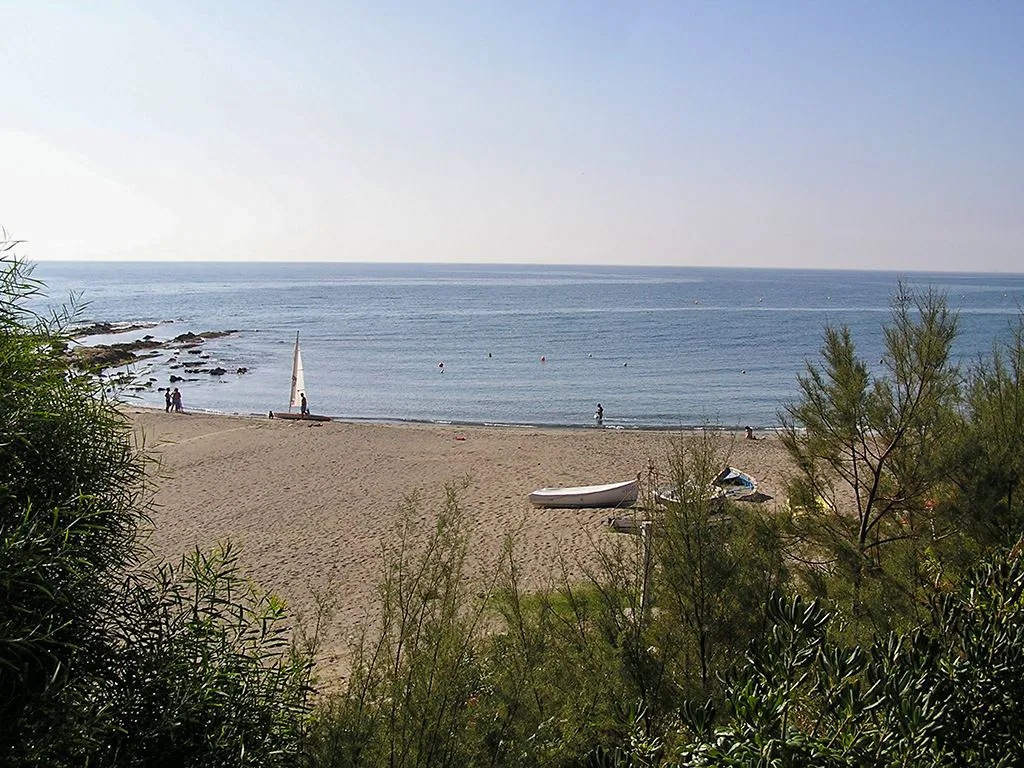
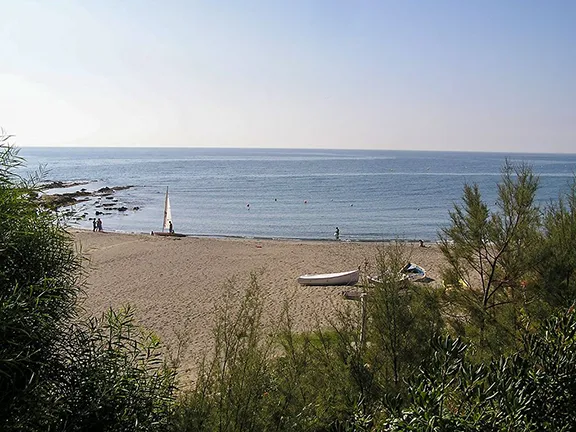
Estuary of the Guadiaro
However it came by its name the town is ideally placed to allow its residents to take advantage of the fertile ground on the banks of the river. Unfortunately, the Barbary pirates, corsairs from North Africa, also knew about the riches of the area and were a constant menace until they were eradicated in the early 19th Century. The torre at Torreguadiaro, at the mouth of the river was built in the late 15th or early 16th century. It was just one part of the coastal defences designed to warn coastal inhabitants of a raid by pirates.
The Romans departed and were replaced by Visigoths, then the Moors and finally the Christians. Guadiaro, although continuously occupied during those centuries, carries few signs of that period. It seems to have escaped attention, much as it does today.
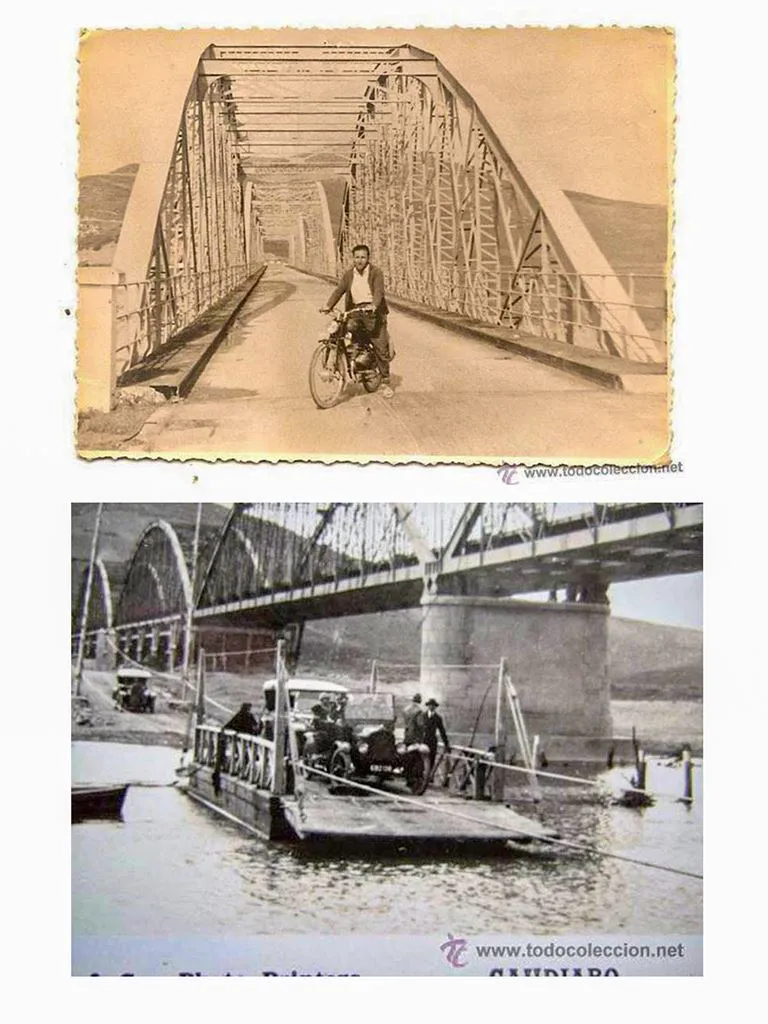
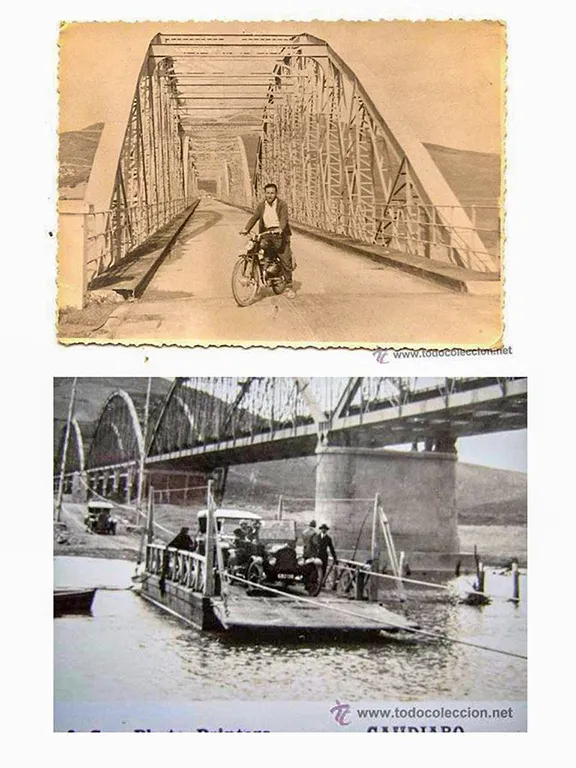
Soon after opening
Guadiaro was also the first point on the river at which it was convenient to cross.
The first record of a ferry dates to 1707 when the Cabildo (equivalent of a mayor) of the city of Gibraltar in the Campo de San Roque, named Pedro Delgado as boatman of the Guadiaro river. The ferry was originally a raft, hauled across by a continuous rope. It carried wagons, animals, and people.
During the Peninsula War Napoleon's troops were held up here by Spanish troops as the French advanced towards San Roque.
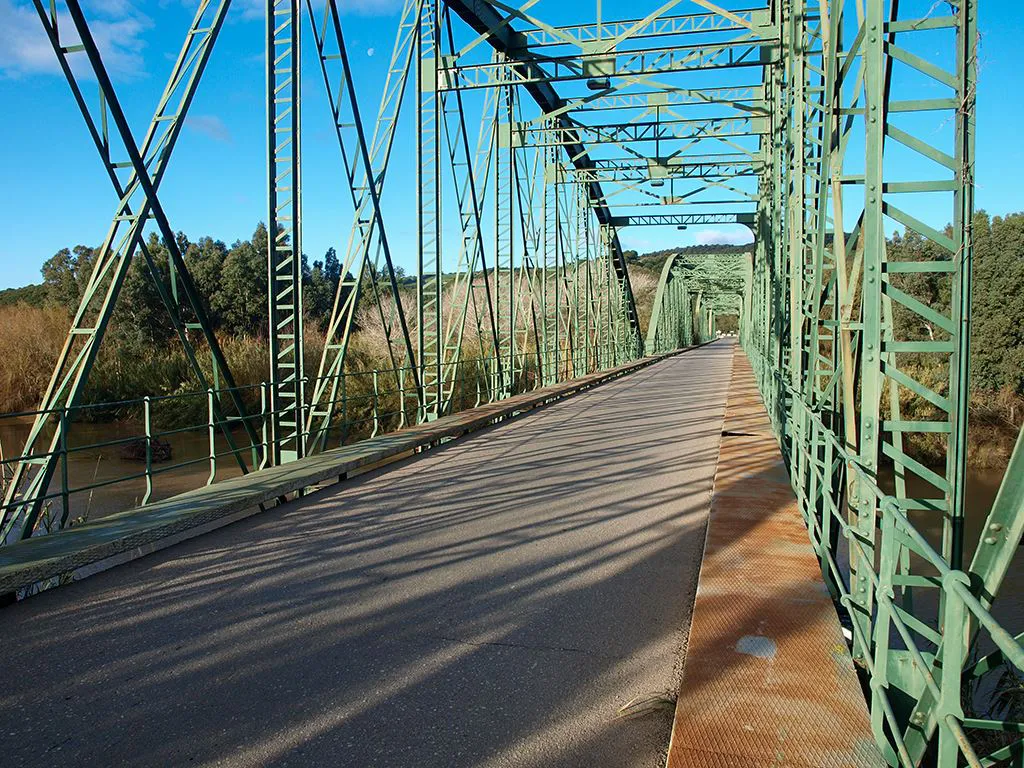
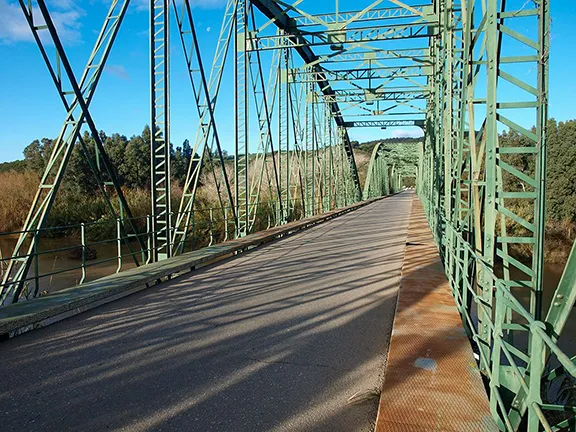
Guadiaro Bridge
In the late 19th century, with the advent of the motor vehicle, it became a somewhat larger raft. The ferry remained in service until 1929 when Spanish engineer Eduardo Torroja y Miret built the iron girder bridge seen today.
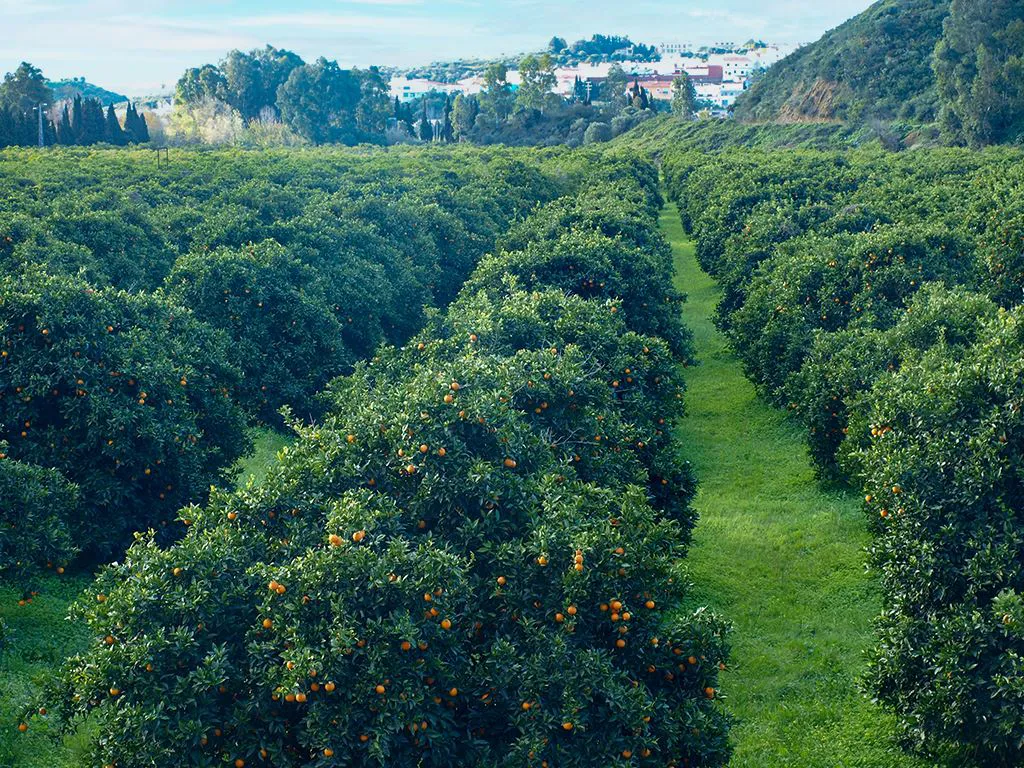
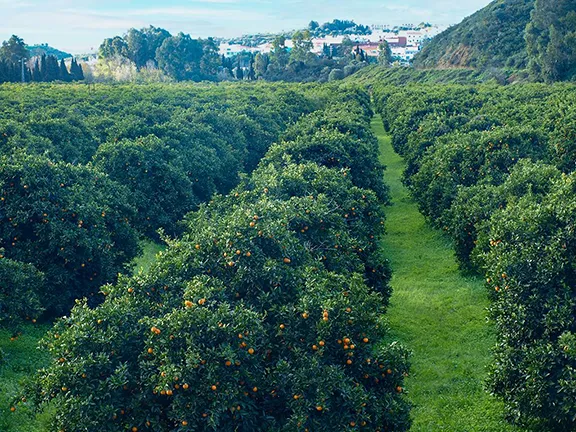
Orange Grove Guadiaro
Until 1969, the coastal road, the N340, wound its way inland 2 kilometres from the coastal town of Torreguadiaro to the iron bridge at Guadiaro and then re-joined the coast. The new coast road, the A7, effectively bypassed the village of Guadiaro. A concrete bridge was built spanning the Guadiaro river downstream of the iron bridge. The town of Guadiaro again slipped from view and is now a sleepy place depending on agriculture, principally citrus fruit growing, and to a lesser extent, tourism for its sustenance. So little happens in Guadiaro that it made local news in 2010 when a roofed taxi stand entered service.